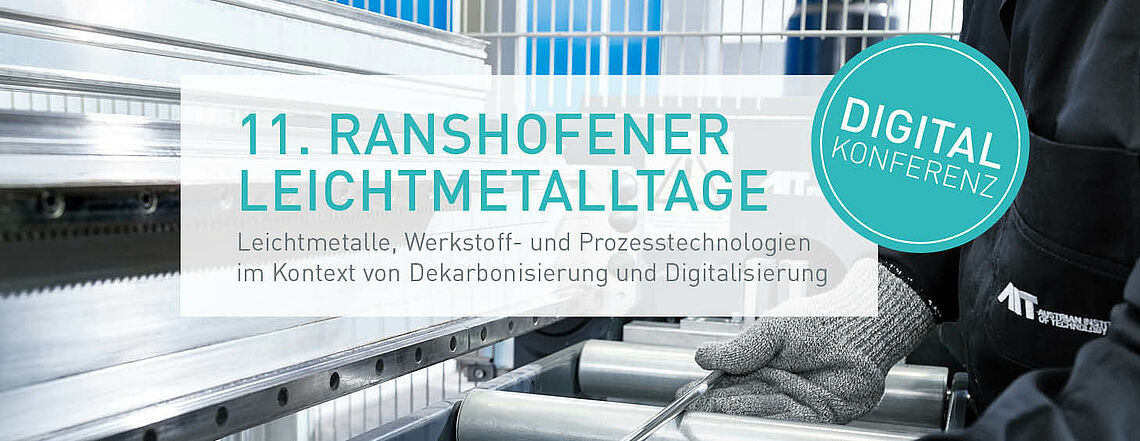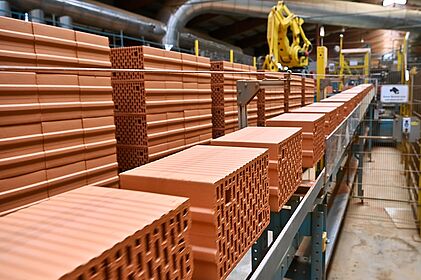Lightweight construction through the use of aluminum and magnesium alloys is becoming increasingly important in order to save weight in vehicle and aircraft construction and consequently reduce fuel consumption. At the 11th Ranshofen Light Metal Days, many innovations and future technologies from the field of aluminum and magnesium materials will be presented.


![[Translate to English:] rundes Bauteil aus Leichtmetall](/fileadmin/_processed_/7/1/csm_LKR_Bauteile_WAAM_b69be42670.jpg)
![[Translate to English:] Numerische Simulation](/fileadmin/_processed_/5/6/csm_WAAM_Numerische-Simulation_3_nah_8e68e554f7.png)
![[Translate to English:] Arbeiten an einer Maschine im Additive Manufacturing Laboratory](/fileadmin/_processed_/5/5/csm_AIT_LKR_AM-Labor_2_01d234df2f.jpg)

